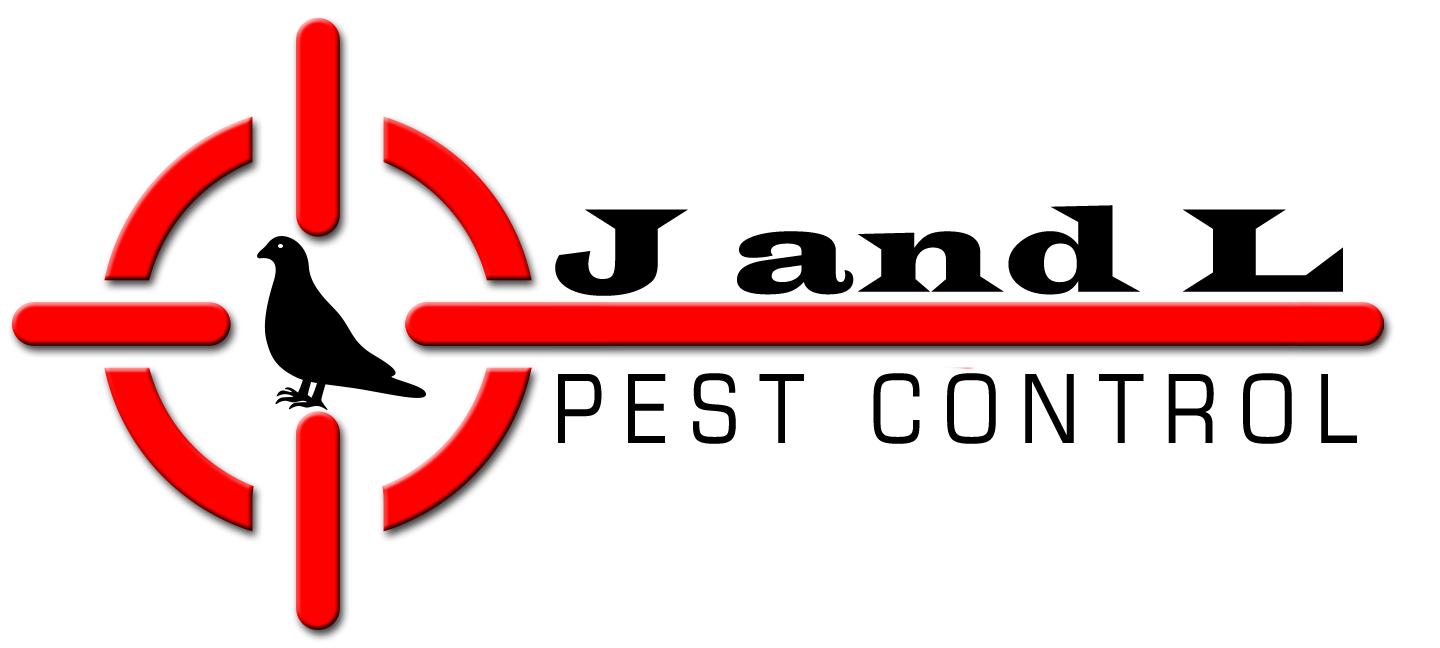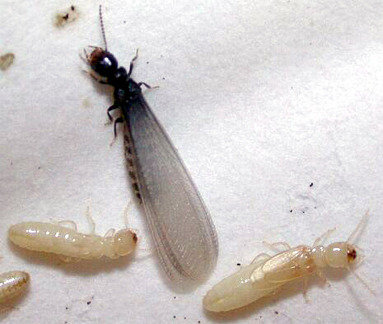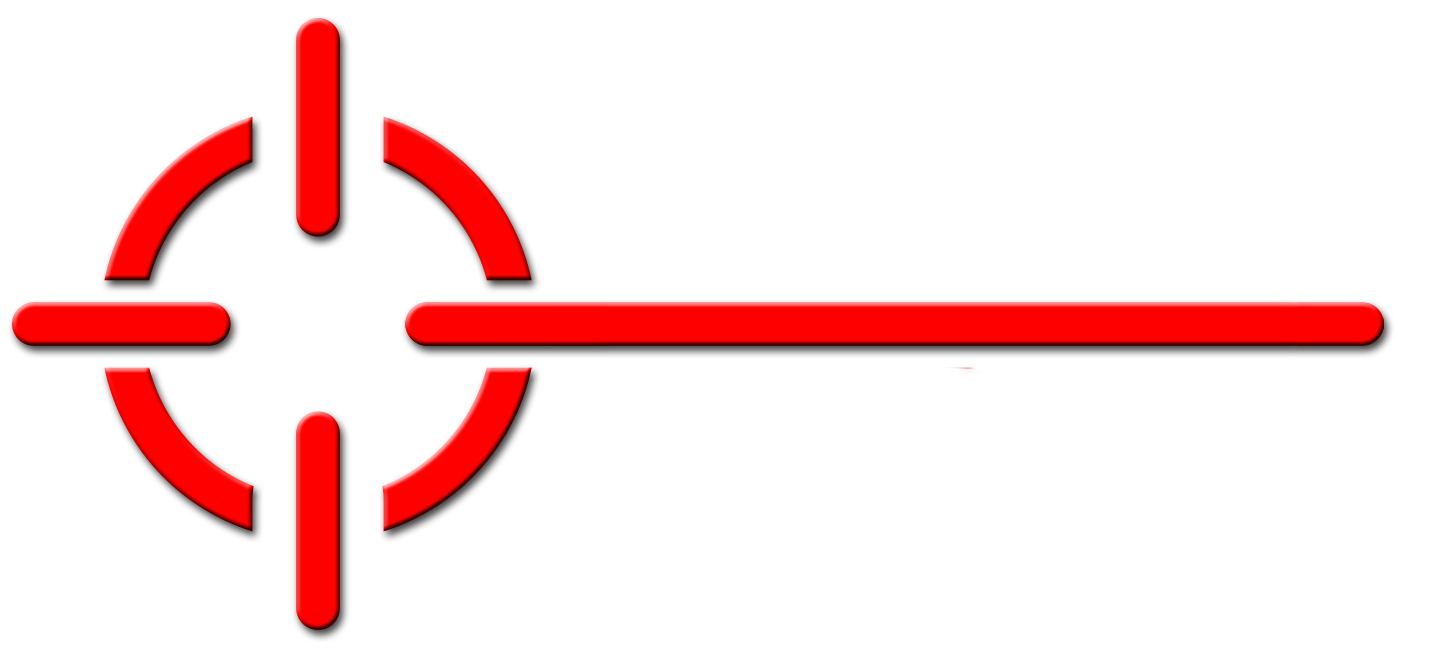
J & L Pest Control is a family owed business that has been practicing Integrated Pest Management (IPM) services since it was founded.
T (631)-605-9919
Email: jandlpestcontrol@gmail.com
J & L Pest Control
1090 Martinstien Ave.
Bay Shore, NY 11706

INTRODUCTION. Termites have been around for over 120 million years. They are social insects and live in colonies which are usually located in the ground or in wood. Most termites feed on cellulose from wood and wood by-products such as paper; some tropical species feed on fungi, lichens, etc. They are worldwide in distribution with about 3,000 described species, and about 50 species are found in the United States.
Termites are usually divided into 3 groups based on the location of their colony: the subterranean, the drywood, and the dampwood termites. The biology and habits of each group are different, so a detailed knowledge of each is necessary for effective control. The most common or economically important members of these 3 groups can be summarized as follows. The most common of the subterranean termites are the eastern and western subterranean and the Formosan subterranean termites; for the drywood termites, the western, southeastern, and the West Indian (formerly the powderpost/ furniture) drywood termites are the most important; and of the dampwood termites the Pacific, the Nevada/small/dark, and the desert dampwood termites cause the most problems.
RECOGNITION. Three body regions (head, thorax, and abdomen) broadly joined with no constrictions as found in ants. Antenna moniliform, composed of a series of beadlike segments. Tarsi 4-segmented. Cerci present. Workers creamy white with head slightly darker. No compound eyes or ocelli (simple eyes) present. Wings absent. Soldiers creamy white except for dark and much-enlarged head. Head with large pair of mandibles, except for nasutiform soldiers which lack mandibles and have head v, prolonged into a distinct snout. Compound eyes absent, but some with pigmented areas. Usually with a fontanelle (porelike opening to the frontal gland) on top of head. Wings absent. Swarmers (alates or winged/primary reproductives) pale yellowish to reddish brown to black, depending on the species. Compound eyes present, and with pair of ocelli (except Zootermopsis spp.). Some with a fontanelle (porelike opening to the frontal gland) on top of head. Two pairs of wings nearly equal in length and width, which lie flat over abdomen when not in use. Wings almost clear to smoky black. Wing veins usually darker; their number and position used to identify groups. The wing veins, from the front or costal margin (costa or C), are subcosta (Sc), radius (R), radial sector (Rs), media (M), and cubitus (Cu); as a result of fusion or reduction, some may not be present. Wing base with fracture line where wings are broken off after swarming, leaving attached a small basal portion called the wing scale.
IDENTIFICATION. It is essential to know which termite group is causing the problem because each group is quite different biologically and therefore requires different control methods. That is, one must know if the termites are drywood, dampwood, or subterranean termites. In addition, for subterraneans one must be able to distinguish the Formosan subterranean termites from the other subterranean termites because additional control measures are often required for this species.
BIOLOGY. Termites have simple metamorphosis: egg, nymph (immature), and adult. In addition, termite specialists separate the immature stages into larvae (young instars), workers (no wing pads), and nymphs (with wing pads). However, in this Field Guide the term nymph will be used for all immature termite instars to remain consistant with the PMP industry usage. They are social insects and the colonies contain castes or groups of individuals who share the same body form and job description. Subterranean termites have three castes: worker, soldier and reproductive. Drywood and dampwood termites lack a true worker caste, and their functions are performed by preadults which ultimately develop into soldiers or reproductives. Workers are/can be separated into two groups: true workers who are sterile, and functional workers who are either male or female. Functional workers have the ability to molt into soldiers, swarmers, or secondary reproductives, depending on the colony’s needs. Workers maintain the colony, construct and repair the nest, and forage and feed the colony. Later instar nymphs also forage and help care for the young.
Soldiers are sterile and have one function, to protect the colony.The enlargement of the head and mandibles is such that they must be fed by workers. They are present in far fewer numbers than workers. Protection is rendered by plugging a small hole in the tube or carton with the head, or if the opening is wide, by cocking the head with the mandibles wide open and waiting for or fending off invaders. Nasutiform soldiers squirt a sticky, irri¬tating liquid for defense. Reproductives include the primary reproductives and secondary reproductives. The primary reproductives are the king and queen which were the swarmers that started the colony. The king and queen mate periodically, and the queen may live up to 30 years, perhaps longer. Secondary reproductives are produced in more mature colonies. They do not, nor have they ever had wings (but may have wing buds if developed from nymph), and their body is more lightly pigmented than that of the primary reproductives. Their egg produc¬tion makes possible the most rapid increase in size of older colonies. If something happens to the primary reproductives, they can serve as replacements.
New colonies can be started either by a founding pair of swarmers or by isolation of a portion of a large colony. Pair formation by swarmers occurs after the swarming flight. Mated queens lay few eggs the first year, as few as 0-22; possibly more if 1 or 2 additional egg batches are laid. At the end of the first year, a subterranean termite colony may number as many as 75 individuals whereas, drywoods may contain only a dozen. New colonies can also be started by isolation or division. This typically happens when a new food source is located and a subcolony is formed to exploit this source. If the continuous exchange of individuals with the main colony is cut off, this subcolony can then produce the needed reproductives from either functional workers or nymphs. Other than the introduction of colonies via infested wood or wood products, this is probably the principal method of new colony formation in northern areas where winters are usually too severe for survival of colonies started by swarmers.
HABITS. Termite foraging does not appear to be random, but instead it involves a consis¬tent methodical sequence of behaviors: exploration or searching for new food resources, evaluation of to-eat or not-to-eat what has been found, and finally, how the colony choos¬es to redistribute its workers and soldiers among its food resources. During the search phase, the termites are influenced by environmental factors such as soil temperature and moisture, physical factors such as soil type and compaction, and their preference for guideline orientation along physical objects such as a pipe or masonry. Their gallery con¬struction is such as to minimize searching an area more than once. In most of the United States, searching intensity is seasonal based on temperature and rainfall, with peak searching occuring in the spring or early summer and again in the autumn. Once food is found, then the current nutritional needs of the colony tend to dictate acceptability. The redistribution of workers and soldiers appears to be dynamic, probably based on the changing quantity, age, and nutritional value of all of the food resources being exploited at that time. This information means that for monitoring and baiting purposes, it is prudent to install such devices during peak foraging in the spring or early summer, to locate such devices in attractive areas of higher soil moisture, and the larger the food resource contained in such devices the better.
CONTROL. Termite control begins with the correct identification of the termite involved to the category of subterranean, drywood, or dampwood based on specimens, damaged wood, and/or fecal material.
Please call us for a free quote for elimination of these termites.
